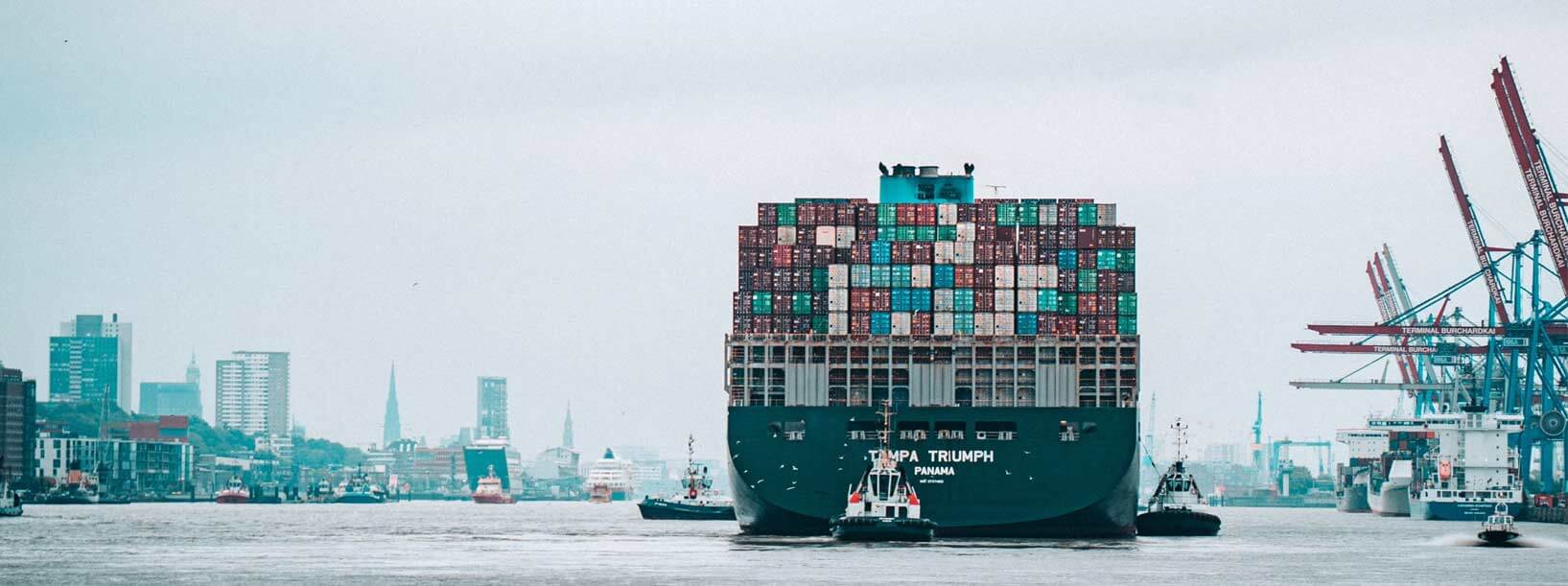Aviation Africa
One of the main drivers of the aviation industry is the economic growth and development. There is a proved correlation between the amount of air travel and Gross Domestic Product (GDP) around the world that can be observed in the two graphs bellow (MIT).
Now taking the example of China as a starting point to highlight this correlation and according to a research done by the University of Nottingham in 2007 in China, for “every 10% increase in a Chinese regional GDP, the volume of air passengers will increase by 8.4% and that of air cargo by 14.8%, holding other conditions unchanged” (Nottingham Study).
If we do a parallel with Africa, the region should not be the exception. According to the International Monetary Fund data, sub-Saharan Africa has grown at an annual rate of 4.8% over the last five years. Beating emerging regions like Latin America (3.3%). The potential for economic growth is still there; this time however the growth is not coming only from rising prices of commodities that started in 2010, small and medium enterprises add some 40% to the continent’s GDP and contribute to 50% of overall employment in Africa (Standard Chartered from World Bank), Nigeria for instance, the largest oil producer in Africa, services sector account for more than 50% of GDP.
Certainly these successful small and medium businesses will nourish good work conditions and higher wages and salaries that will make an emergence of a middle class evident. If we look back into the last decade, Africa’s poverty incidence has fallen from 58% in 1999 to 48.5% in 2010, by 2030 this indicator is estimated to fall to 16.7%, experts say (World Bank). And as the African Development Bank Chief Economist Mthuli Ncube said in one of his interviews to Reuters: ”Reducing poverty means creating a middle class”.
We know the rest of the story; middle class is most probably interested in traveling in good conditions, safe airplanes and well served airports, and avoiding the scenario of having to travel to Europe or Dubai to get to many African capitals.
For instance, in a quick Internet travel search, we can note that no direct flight is available and the most surprising thing is that, the cheapest flight is operated by a Middle Eastern airline via Dubai.
The same pattern is happening when it comes to trading between African countries: it is still cheaper to export something to another African country via Dubai or Europe than directly. It is clearly penalising the regional trade. We easily understand why the Doing Business 2011 report, shows Sub-Saharan Africa as the world’s most expensive region to trade within.
Despite this, we are seeing lately the emergence of major hubs in Eastern and southern Africa, around these 3 cities: Johannesburg, Addis Ababa and Nairobi. This is partly because they are associated to their 3 efficient state-owned carriers: South African Airlines, Ethiopian Airlines and Kenya Airways (ADBG).
The good thing about aviation connectivity is also opening remote regions to global community, meaning getting access to tourist’s money and products (pharma, cutting edge technology products…) from global markets.
All this sounds very appealing, for any investor. And it is. But it is also far from automatic.
Here is a list of major headwinds that are facing the aviation industry in Africa:
Fragmentation of the sky: Many African countries restrict their air services markets to protect the share held by state-owned air carriers. Even after signing Yamoussoukro Decision in 1999 (44 countries signed the agreement that stipulate the liberalization of intra-African air transport services in terms of access, capacity, frequency, and tariffs). A 2006 study done by “Intervistas (2006) on behalf of IATA” on the impact of open sky in southern Africa region (SADC), demonstrated that prices on liberated roots have declined on average by 18%. In cases where low-cost carriers entered the market, prices dropped 40% lower than before the liberalisation, on the flip side, passenger volumes would increase by 20% acting as traction for employment and tourism.
Safety: Africa reported the world’s highest rate of fatal accidents in 2013. As of the end of 2013, only 11 African states had achieved 60% implementation of the International Civil Aviation Organisation (ICAO) safety-related standards and recommended practices (IATA).
Taxation: Africa authorities see aviation as a cash cow to be milked; aircraft landing charges are generally high by international standards, partly because of the absence of non-flight revenues from airport concessions. Sometimes taxation contains a combination of ‘solidarity’ taxes, tourism taxes, VAT, and infrastructure development fees. An example of that is the new rail levy tax in Kenya applied on jet fuel for international flights that will cost airlines an additional $13 million a year in fuel bills (ADBG, IATA)
There is still lot to be done but key to this potential growth is government support and more involvement of international aviation bodies in consulting authorities and highlighting this golden egg. Ivory Coast just gave us a good example of that. The state invested 10.6 million of euros to rehabilitate 5 aerodromes, so the company Air Cote D’Ivoire can now join several inland cities.
Ali Mhamedi, Senior associate, Infomineo
You may also like
Warning: Undefined variable $content in /var/www/sdomains/nexatestwp.com/infomineo.nexatestwp.com/public_html/wp-content/themes/infomineo/single.php on line 235
Warning: Undefined variable $content in /var/www/sdomains/nexatestwp.com/infomineo.nexatestwp.com/public_html/wp-content/themes/infomineo/single.php on line 235
Warning: Undefined variable $content in /var/www/sdomains/nexatestwp.com/infomineo.nexatestwp.com/public_html/wp-content/themes/infomineo/single.php on line 235
Warning: Undefined variable $content in /var/www/sdomains/nexatestwp.com/infomineo.nexatestwp.com/public_html/wp-content/themes/infomineo/single.php on line 235
Warning: Undefined variable $content in /var/www/sdomains/nexatestwp.com/infomineo.nexatestwp.com/public_html/wp-content/themes/infomineo/single.php on line 235
Warning: Undefined variable $content in /var/www/sdomains/nexatestwp.com/infomineo.nexatestwp.com/public_html/wp-content/themes/infomineo/single.php on line 235









